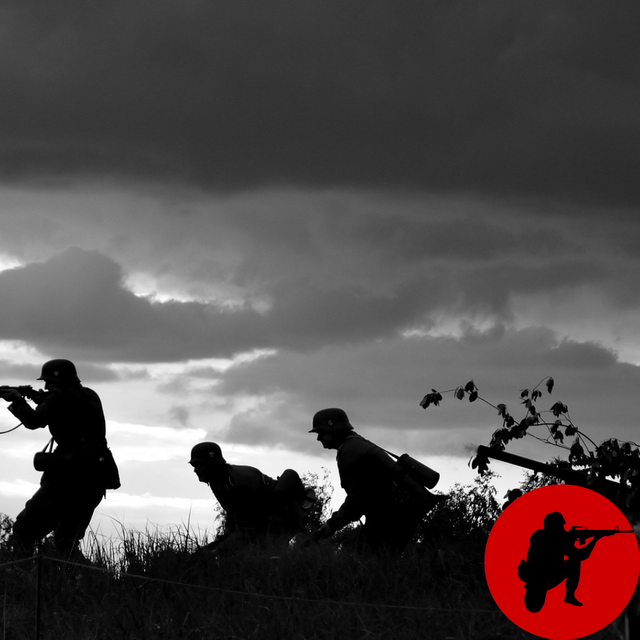Key characteristics of the second Anglo-Boer War (1899-1902)

The history of the Anglo-Boer War consists of several stages. The first begins on 9 October 1899 (the first clashes between the two sides) and lasts until 5 June 1900, when Pretoria fell. The second phase of the war began after June 5, 1900 and lasted several years in the form of guerrilla clashes.
At the initial stage of the conflict, the Boers mobilized about 45 thousand troops. In turn, the British troops concentrated about 28 thousand soldiers. The fighting between the two sides did not start from a point collision, but was conducted from the beginning of the war along the entire demarcation line. From the beginning of the fighting, the key objective of the Boers was to take Ladysmith, which was the key British military base in Natal. In view of this, the first operation of the Boer troops was the siege of Ladysmith.
Despite the technical development and prestige of the English army, its troops suffered several key defeats from the Boers. In English historiography, these events are known as the "Black Week", when the entire British contingent in South Africa was defeated in six days (December 10-16).
Due to the defeat of the British army at the initial stage of the war, the Crown urgently began to form new units and send them to the South African front. Already in early 1900, the British army in Africa numbered about 450 thousand soldiers, they were opposed by a little more than 50 thousand Boers. The Boers could not withstand a 9-fold onslaught, and therefore gradually gave up their key cities to the British. The classical war was turning into a guerrilla war. This war went down in history as an example of the support of one of the armies by the local population, terror against civilians, destruction of economic facilities, creation of concentration camps. On May 31, 1902, a peace treaty was signed between the British and the Boers, according to which the latter finally lost their independence.